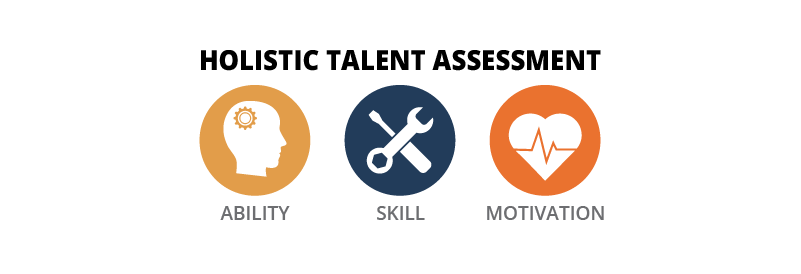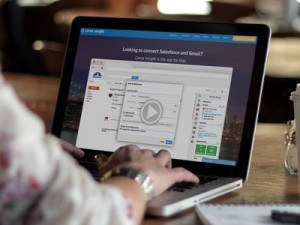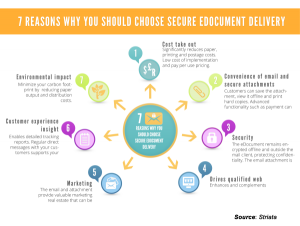How to align your pre-employment assessments with job requirements to find the most qualified applicants
Defining a job is the first step to building a hiring strategy that allows your business to consistently find, hire, and keep top talent.
Once you’ve defined the job and connected it to important business outcomes, the next step is to implement customized pre-employment assessments that pinpoint the core competencies necessary for success in your candidates.
Learn the 15 must-ask questions before implementing a pre-hire assessment solution.
In our previous blogs, we’ve discussed the importance of understanding your desired business outcomes, the importance of linking employee performance to your desired business outcomes, and carefully defining the job.
Today, we’ll discuss how to best evaluate job candidates by aligning assessments with a job’s requirements.
Aligning Pre-Hire Assessments with Job Requirements
Once a job’s requirements and KPIs are clearly defined, it is best practice to choose one or more talent assessment tests that measure qualities that are important to the job. Aligning assessments with a job’s requirements facilitates holistic measurement and improves hiring accuracy. Once these competencies are understood, the hiring team can then determine which assessments are the right matches for the job families.

Regardless of the targeted job, in FurstPerson’s experience, employee behavior and performance reflect many individual characteristics working in concert. Best practices dictate that, when assessing job applicants, companies should attempt to measure as many of these characteristics as is practically feasible. If the measurement of individual differences is overly limited, an organization will overlook important characteristics needed to predict employee success and will reap lower returns from any investment in pre-hire assessment processes.
Well-designed and validated pre-hire tools in the appropriate combination of assessments should be used to measure as many of the targeted job(s) critical characteristics as possible and to increase the defensibility of the pre-hire selection system as a whole.
In general, using a combination of assessments creates a more balanced evaluation of the job candidate resulting in a more predictive solution.
What Can A Pre-Hire Assessment Include?
Besides interviews, assessments can include:
Simulations
Simulations which measure job skills and the ability to do the job. For example, if multi-tasking is an important competency, a simulation will offer a better candidate evaluation than a structured interview.
Personality Assessments
Personality assessments which measure job motivation and fit or the willingness to do the job.
Problem Solving Tests
Problem-solving tests which measure job ability and the ability to do the job.
Pre-Hire Assessments allow measurements of critical competencies required to perform a specific job
The beauty of pre-hire assessments like those above is that they allow you to measure the critical competencies required to perform a specific job. While certain roles may be similar, our research shows the same role among different organizations, or similar roles in the same organization, may require different skills depending on the company’s goals, size, and culture. From an employee’s propensity for flexibility to his or her openness to feedback, talent assessment tests can be used to measure a candidate’s skills, knowledge, and abilities for each specific role during the pre-hire process.
Business & Finance Articles on Business 2 Community
(15)








